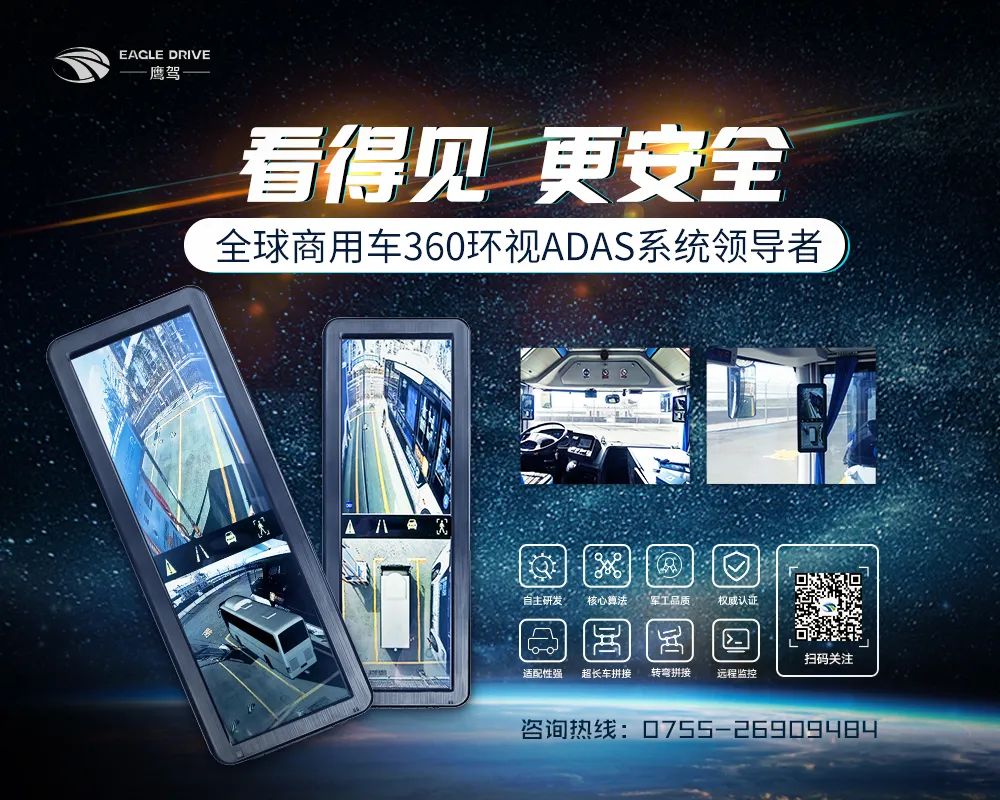

Join the professional industry group for intelligent vehicles (autonomous driving, connected cockpit, commercial vehicles) by adding WeChat:17157613659, show your business card, limited to intelligent connected software and hardware suppliers and OEMs.

The upgrade of the vehicle electronic architecture (from distributed to centralized) is imperative. However, there are still significant challenges behind it, such as development complexity and rising costs.
The demand for active safety/automated driving assistance systems is increasing the number of automotive sensors, but Aptiv believes that using a central processor can significantly reduce costs.
According to the plan, Aptiv will launch a scalable platform that connects sensors within the vehicle, providing Level 2 and above automated driving assistance functions.
By replacing edge smart sensors with simpler versions that input to a central processor, automakers can reduce the cost of installing advanced driver assistance systems on vehicles using the same architecture by nearly 90%.
This also means that a new round of price wars for ADAS solutions (focused on cost reduction through architectural innovation) is about to begin. Capturing market share in the short term is essential to expand the market pie.
Additionally, Aptiv stated that the average cost of vehicles on different platforms will be reduced by 50%. At the same time, the new system will have Level 2 and above capabilities next year and may also offer OTA upgrade capabilities (which will almost be standard for major volume models globally in the next three years).
1. Explosion of ADAS Deployment
According to Aptiv’s plan, since earlier this year, three automotive manufacturers have already become customers of this low-cost solution. Two more manufacturers will launch models equipped with this system next year. The company expects that by 2025, 10 million new cars globally will be equipped with mass production.
In this system, the combination of short-range to long-range radar and camera sensors will transmit all perception data to the central processor. “Delegating the task of processing sensor information to the central processor can bring multiple benefits.”
This means simpler sensors, smaller size, and lighter weight, facilitating vehicle integration. “This system reduces weight by 30%,” Aptiv stated.
In terms of data fusion, the system can fuse up to 96 objects into one view, providing clearer warnings of dangers ahead, even if they become obscured in the view of one or more sensors.
Currently, Aptiv has its own radar and cameras and collaborates with Mobileye to develop visual algorithms (equipped with the latter’s processing chips), in addition to providing central controllers and software that automakers can customize and develop based on.
The first vehicle equipped with Aptiv’s centralized active safety processing platform was the Audi A8. However, due to the L3 automated driving system not receiving regulatory approval, Audi abandoned the mass production plan for the next generation A8 this year.
Nevertheless, Aptiv remains optimistic, estimating that by 2025, the penetration rate of automated driving assistance systems with active safety features will rise to 70%.
According to the latest data from the High-tech Automotive Research Institute, by the end of 2020, the penetration rate of ADAS in first-line brands in the Chinese market will exceed 50%, with the annual installation volume of L2 ADAS increasing by over 300% year-on-year.
Additionally, data forecasts that the penetration rate of L2 ADAS in the Chinese passenger car market was about 12% in 2020, an increase of approximately 9 percentage points year-on-year. It is expected to exceed 60% by 2025.
The rapid increase in penetration rate is driven by a significant reduction in costs.
2. Shift in Market Competition
The strong market drive is also propelling continuous revenue growth for related companies.
In 2019, about 30% of Aptiv’s total revenue came from its safety and user experience division. Features such as blind spot warning, adaptive cruise control, and active lane keeping have proven to be very popular with consumers.
“At the entry level, this is driven by legislation,” an Aptiv representative stated, “but the larger driving force is the actual appeal of these features to consumers.”
As more new cars are launched with related technologies, the economies of scale for active safety/automated driving solutions will lead to cost reductions. “With the introduction of central computing into the architecture, the industry is undergoing a significant transformation,” industry insiders stated.
This trend is very clear: the number of sensors is increasing while costs are decreasing (part of the edge computing power is transferred to the central processor, reducing components); central control processors are becoming the main battleground; software is becoming the key to added value.
Major global Tier 1 automotive parts manufacturers, including Bosch, Continental, Aptiv, and ZF, are shifting towards the field of in-vehicle central processing controllers, carrying all electronic and software-centered functions within the vehicle.
Earlier this year, Bosch announced the establishment of a cross-domain computing solutions department, and subsequent public data showed that it had received orders for central domain controllers worth 2.5 billion euros. “For Bosch, this new product line has enormous business potential.”
According to the plan, the new department will officially start operations in January next year. Bosch expects the overall market size for software-intensive systems to be 20 billion euros, with an annual growth rate of 15% over the next decade.
Continental has also mass-produced the iCAS1 in-vehicle application server product on Volkswagen’s new ID series electric vehicles, with data showing that the company has already received orders worth 4 billion euros from several automakers, including Volkswagen.
These high-performance computers will integrate functions such as body control, safety, driver assistance, connectivity, and infotainment, evolving into new market segments.
Shifting towards software and system-based electronic products will be the key battleground for future market competition, as every company strives to “win the transformation” against competition from startups and other suppliers.
The new CEO of Continental expects that by 2025, high-performance central computers and the software driving these computers will become the company’s main source of revenue.
Of course, this does not mean that these giants will abandon the sensor market. “Once they can secure orders for the central computing control platform, they will have more flexible cost reduction space in sensor price negotiations,” industry insiders stated.
This also aligns with the judgment of the High-tech Automotive Research Institute, which predicts that in the next three years, competition in the L2-L3 segment will be exceptionally fierce, and suppliers capable of providing cross-level solutions (domain controllers) will have greater opportunities.

